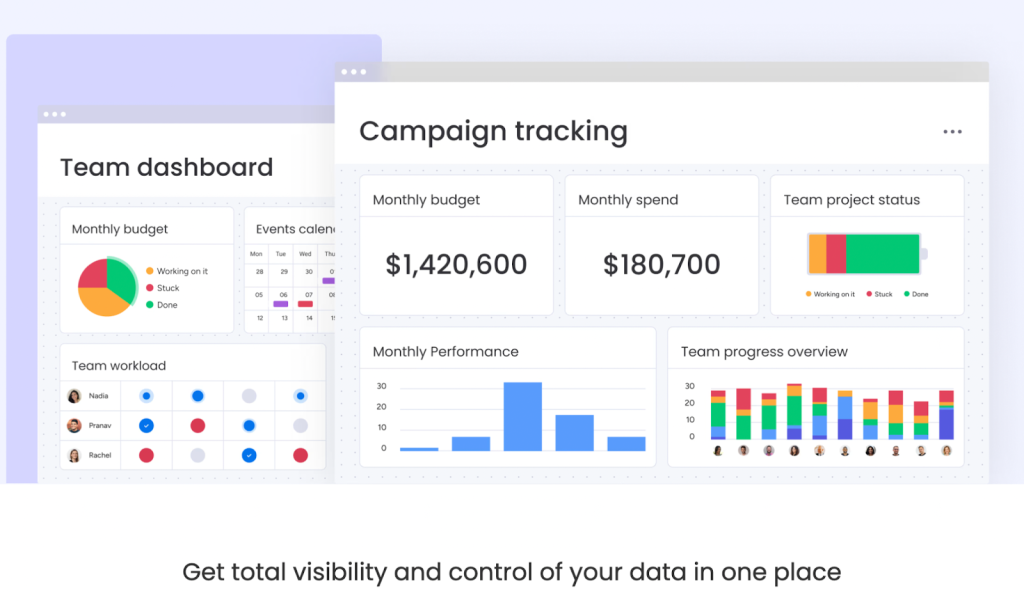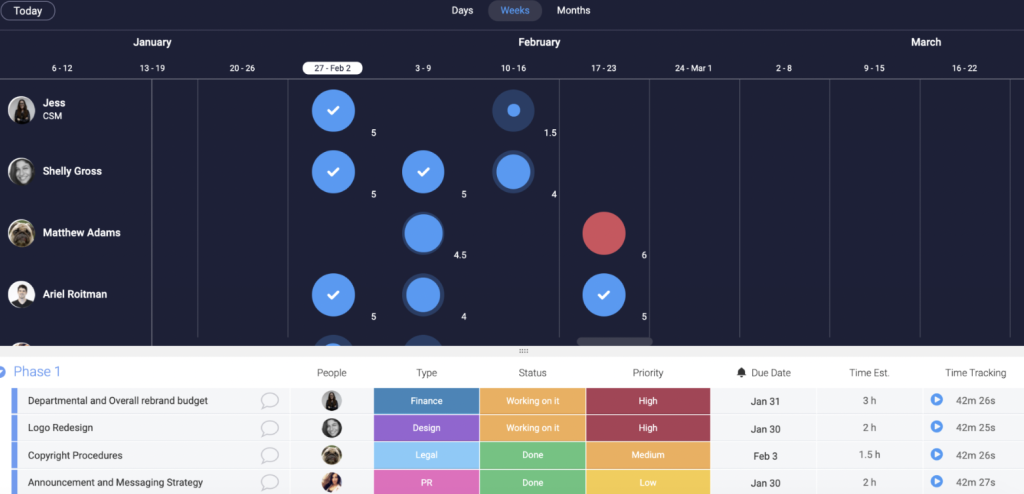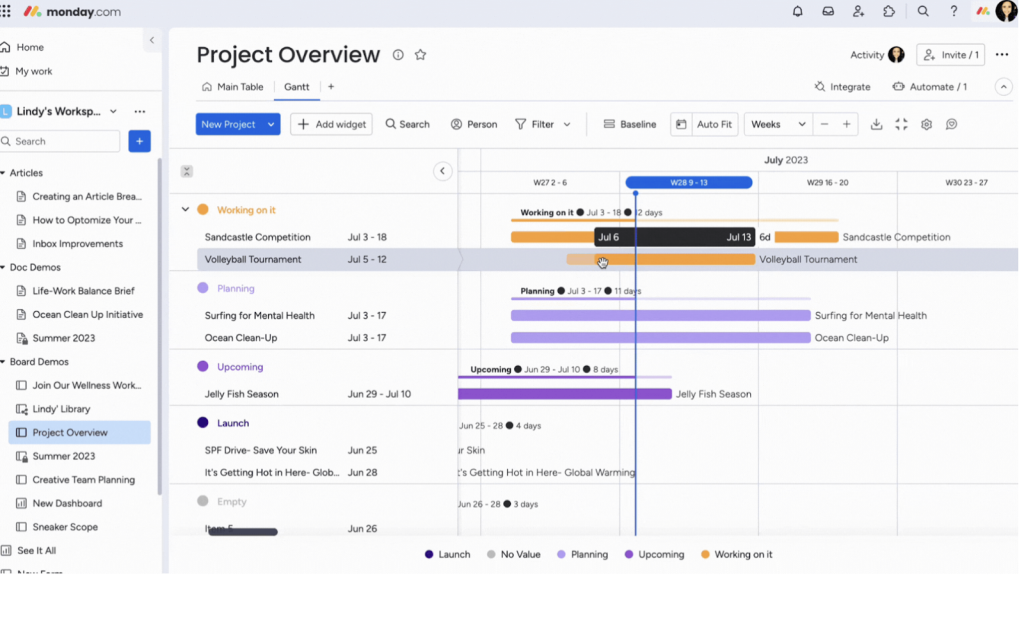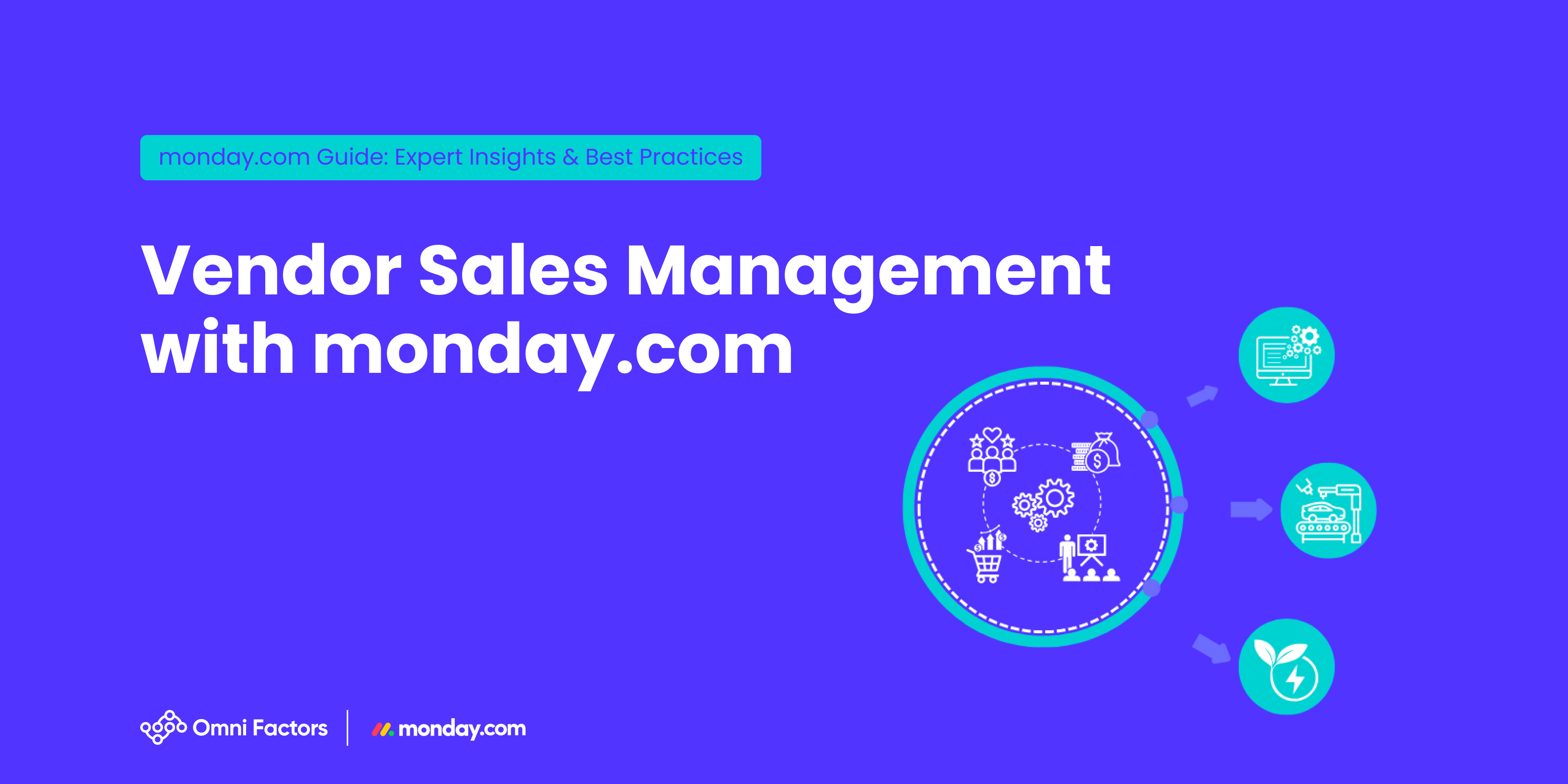What is a Project Portfolio?
A portfolio refers to the grouping of projects. Project portfolios are created to collectively monitor projects and to store and manage key information related to these activities.
When setting goals and strategies, project portfolios are essential for resource planning, performance forecasting, and risk identification.
Portfolio Management
Portfolio management enables projects to be monitored, overseen, and managed from a high-level perspective.
Here are some common use cases of portfolio management:
• Identifying Potential Project Returns
Helps assess the potential value and benefits that projects can deliver.
• Risk Estimation (Project Health)
Supports forecasting possible risks and overall health of projects.
• Facilitating Communication
Communication becomes easier by keeping all discussions related to a specific task or project in one place and within the right context, enabling a social media-like interaction within an item.
• Ensuring Stakeholder Engagement
One of the responsibilities of a portfolio manager is to prevent potential issues with stakeholders. This can be done by providing an overview and tracking progress through portfolio dashboards. Portfolio management ensures that projects are managed as a group and aligned with overall business strategy.
• Dashboards
Custom reporting dashboards simplify strategic decision-making by providing easy data analysis and a high-level overview of progress within workflows.

• Automations
Next steps can be automated using no-code rule sets, increasing efficiency and reducing manual effort.
• Time and Resource Management
The goal of resource management is to use resources as efficiently as possible. Time management, on the other hand, is important for increasing productivity, developing discipline, facilitating decision-making, and prioritizing tasks.
While managing time and resources, monday.com provides helpful tools like the Workload Chart and Gantt Chart.
Workload Chart
Track and balance team members’ workloads to ensure no one is overloaded or underutilized.

Gantt Chart
Visualize project timelines and dependencies to stay on track and meet deadlines.

In conclusion, evaluating projects from a strategic perspective enables tracking of timeframes, estimated costs, business goals, potential return on investment, and how the project contributes to business success.
☆ Portfolio management templates are available exclusively for Enterprise users.






